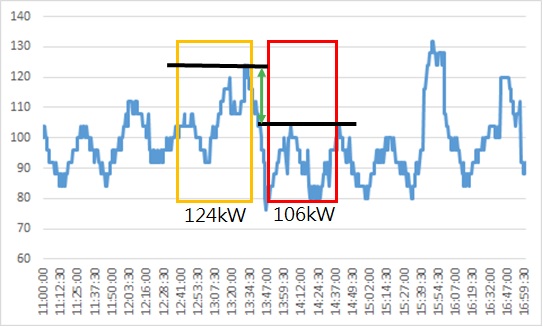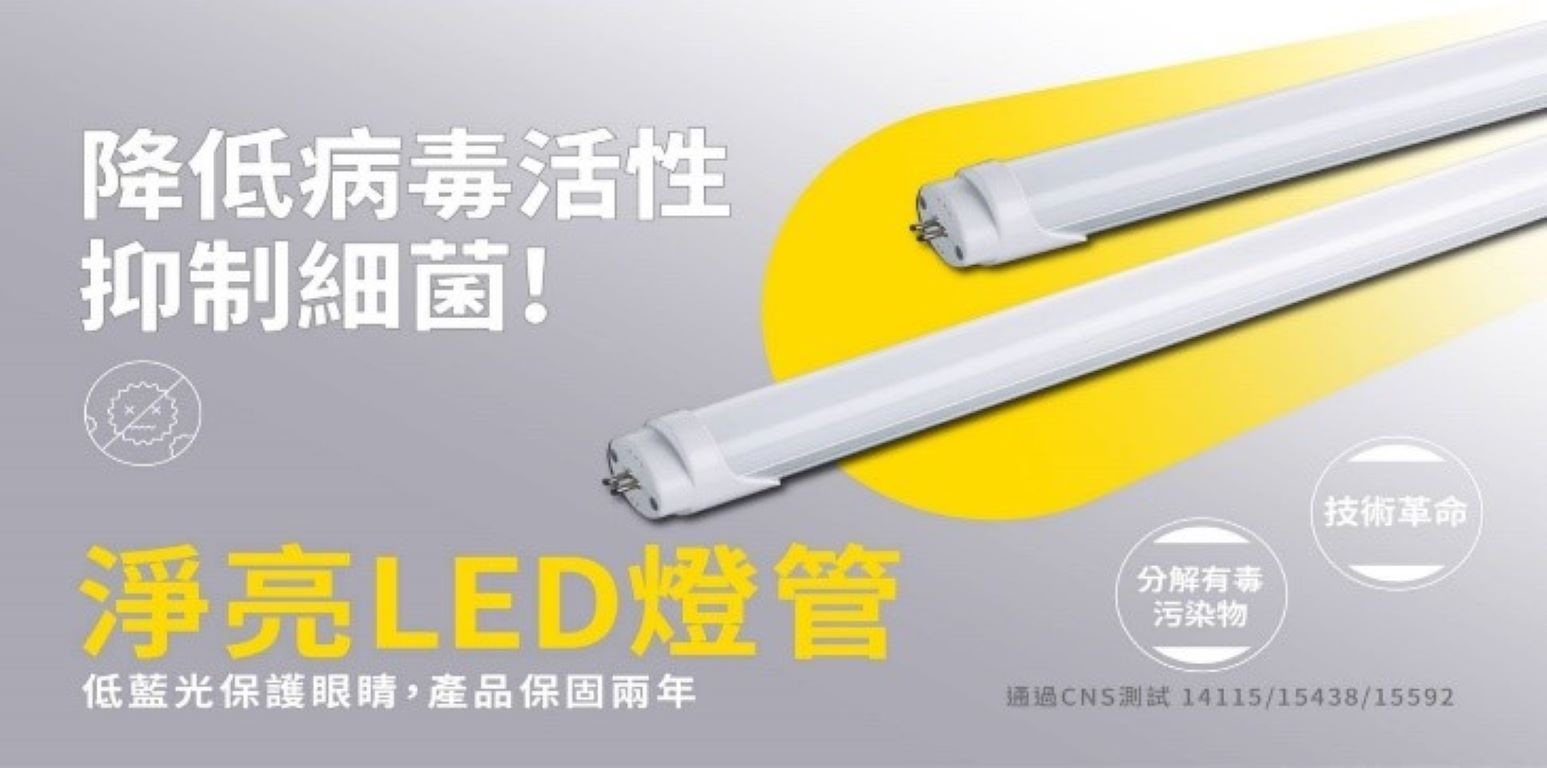Application cases of smart photovoltaic and energy storage on the National Quemoy University campus




Under the carbon reduction concept of promoting distributed energy resources, it is proposed to combine renewable energy to form small distributed power plants and connect them with electric vehicle charging piles (V2G), thereby becoming virtual power plants for nearby communities. Additionally, it can further cooperate with household renewable energy storage equipment (RES) and demand response (DR) to achieve the substantial significance of a perfect smart microgrid. In civil society, local citizen power plants (citizen engagement) are also used to integrate various sizes of distributed energy resources (DER) through virtual power plant clients. An energy management system (EMS) based on the Internet of Things (IoT) is used to regulate energy storage systems (ESS) in various locations to compensate for the intermittency of renewable energy power generation, reduce the burden of reserve capacity, and help balance the overall power system. This project implements distributed energy at the Jinshanlin campus of National Quemoy University, combining local revitalization and building energy efficiency grading to establish a zero-carbon campus, and then achieves the ultimate goal of the sustainable campus.
In summary, the highlights of the results of this case are as follows:
1.Planning practical operations and big data database analysis for a low-carbon community distributed energy management system.
2.Developing smart photovoltaic energy storage systems and monitoring software for electric motorcycle charging and swapping stations.
3.Using the demonstration site as a model to study the feasibility of distributed smart green energy communities in the Kinmen area.
4.Artificial intelligence prediction models such as Linear Regression, SVR, XGB, and LSTM are used to conduct short-, medium-, and long-term power generation forecasts.
Established on May 1, 1946, Taipower operates in generation, transmission, distribution, and the sale of electricity. According to the Electricity Act, Taipower is responsible for providing a stable electricity supply. Revenue from electricity sales accounted for 91.7% of the total revenue in 2023. As of 2023, the installed capacity in the Taipower System (including independent power producers) was 55.43 GW, consisting mainly of thermal power generation with hydroelectricity and renewable energy. In terms of transmission and distribution, Taipower's system has 622 substations, and its total length of power transmission lines reached 18,230.3 circuit kilometers while its total length of distribution lines reached 422,640 circuit kilometers in 2023.In response to the recent global trends toward sustainability and the development of future electricity markets, Taipower has promoted an organizational transformation. In January 2016, the Company established four business divisions: the Power Generation Division, the Nuclear Power Division, the Transmission System Division, and the Distribution and Service Division. Following the establishment of these divisions, the headquarters and business divisions adopted a policy of centralization and management decentralization, in an effort to transform from a government agency into a highly efficient enterprise. In the future, Taipower will continue to abide by the requirements of the Electricity Act and transform itself into a holding company with subsidiaries, which aims to promote market competition, enhance business operation efficiency, and promote corporate sustainability. This will allow Taipower to become a prestigious and world-class power utility group that provides its customers with services of the highest quality.
Name:Teng, Sheng-Yuan
Phone:02-23601261
Address:No.242, Sec. 3, Roosevelt Rd., Zhongzheng District, Taipei City 100, Taiwan 10016

1.Heat pump combined with desiccant for dehumidification & 2.Smart defrost control method & 3.Design of AIoT EMCS communication system & 4.System and Method for a Non-Intrusive Refrigerant Leakage Detection and Adaptive Method for Threshold Thereof

Green adsorption materials and energy-saving exhaust gas treatment equipment used in the treatment of industrial volatile organic compounds

Application of innovative electrolyzed catalytic and nanobubble system for the remediation of petroleum-hydrocarbon contaminated soils and groundwater

New generation of light-emitting diodes to degrade harmful substances technology innovation applied to traditional meat stalls or meat store environmental control
Technology maturity:Prototype
Exhibiting purpose:Display of scientific results
Trading preferences:Negotiate by self
*Organization
*Name
*Phone
*Main Purpose
*Discuss Further
*Job Category
*Overall Rating
*Favorite Area
*Key Tech Focus
*Willing to Receive Updates?
Other Suggestions
Coming soon!